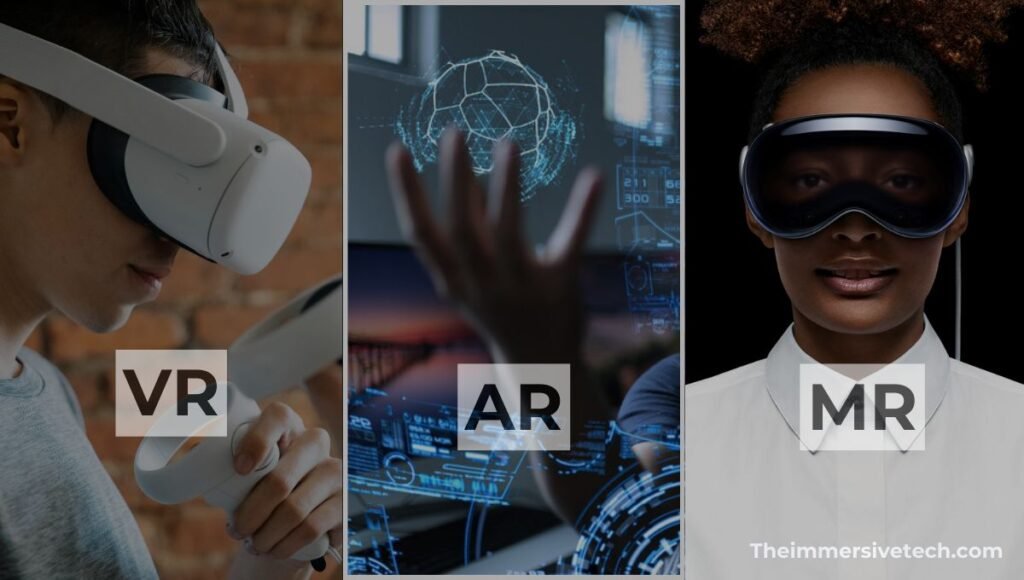Have you ever tried rotating a static image to see more of that scene? If not, you should learn about the concept of 360 VR photography.
In simple words, you can turn around a 360-degree picture anyway you want. This allows you to view the whole scene. Professionally, many businesses use 360 photography to retain their customers and attract new ones.
In this article, we will explore what 360 photography is and how these amazingly realistic things are captured.
What is 360 VR Photography?

360 VR photography is the way to capture a complete scene in a picture. This means that you can see more than one view of a scene. Viewers can scroll or swipe around their screen to explore the scene.
The best part about 360 VR photographs is that you can view them on your regular devices such as smartphone and laptop. It doesn’t require a virtual reality headset, however, you can use one!
Why is 360 VR Photography Better Than Regular Photography?
360 VR photography is far better than regular pictures. These pictures aren’t similar to what people see online. The quality and details of a 360 image is absolutely unique and cannot be replicated.
Similarly, many people think that 360 videos are better than 360 pictures. But that’s not true. In most cases, 360 photos are the best option. They have a higher resolution and a lower cost.
The reason why 360 images have a resolution is because of the way they are captured. Moreover, they have a small file size. This also makes it possible to upload the images on social media and websites.
Read more: 5 Affordable VR headset
3 Ways to Capture 360-Degree Photos

Even though the best 360 photographs are captured using expensive equipment, here are 3 ways you can capture a 360-degree view — even with a smartphone:
1. A Smartphone
You can take 360-degree view photographs on your smartphone using the Street View app. Start by taking several photos of the exact location and let the platform stitch it for you.
Pros:
- It’s inexpensive for a try.
- Depending on your smartphone, you can get good quality images.
Cons:
- You cannot capture something in movies, such as sea waves.
- This way doesn’t work for closed or tiny spaces.
2. 360 Camera
360 cameras are made specifically to capture immersive images. Thus, they are able to capture good pictures.
Pros:
- It can capture moving objects and small, confined rooms.
- You have to push just a button to capture an image. Plus, it’s very easy.
Cons:
- 360-degree cameras are quite costly.
3. DSLR Camera
Most 360 photographs are captured using DSLR cameras with a specialist tripod called “panoramic tripod”. The tripod allows photographers to precisely set the point of rotation of the lens.
In addition, DSLR cameras capable of capturing stunning 14k resolution pictures — which complete the point of 360 photography.
Pros:
- It provides the best possible quality.
- You get realistic images.
Cons:
- DSLR cameras are expensive and need specific gears.
- Post-processing is time-consuming mostly.
- It’s hard to capture close and moving objects.
- It takes skill to capture photos using a DSLR.
How are 360 VR Photos Produced?
To produce 360 photographs — from the start to finish — you must have good equipment first. Gather all the equipment, gears, and staff needed to capture pictures.
Then, take images with precision so that you can remove any image distortion. This will allow you to get the sharpest images possible. Once you’ve gotten the shots, take it for post-production.
Stitch the images together to create a seamless spherical image. Use professional software such as Photoshop or Lightroom to touch-up and colour correct each image.
Lastly, place the viewer at the heart of the whole scene — and there it is, your immersive image!
Real-Life Applications of 360 Photography

360 photography isn’t only cool but also has many real-life applications. Here are four of them listed:
1. Real Estate
360 VR photography is popularly used to showcase properties to the clients. Due to the unique nature of these photographs, real estate properties can be captured fully.
Moreover, they can be uploaded on websites and social media. These photographs can also be linked together to create a virtual tour.
2. Tourism Industry
Virtual reality is widely used in the tourism industry. Travel agencies use 360 photography to give prospects a preview of their destination. Similarly, clients can get an in-flight experience if they have never been on a plane before.
3. Hotels
Being a part of the travel industry, hotels also use 360 photography to retain new customers. Prospects can view hotels from inside-and-out for a complete visualization of the space. This also allows them to imagine their entire vacation.
Mostly, these previews are monoscopic. Businesses can post their hotel’s immersive images online as well. This creates a lasting impression among customers.
4. Businesses
Businesses like retail stores and restaurants are also using virtual reality photography. Since Google Maps and Google My Business are both compatible with immersive images, stores can use them to reach more customers.
You May Also Like – Future Trends of Virtual Reality for 2024
Conclusion
While immersive videos still have a long way to go, 360-degree photography is here. The images are so well done and thus, it is everywhere — Google Maps, hotels and businesses.
You can try out 360 virtual reality photography with your smartphone, or if required, with a professional camera. Either way, these pictures are interesting to view.







